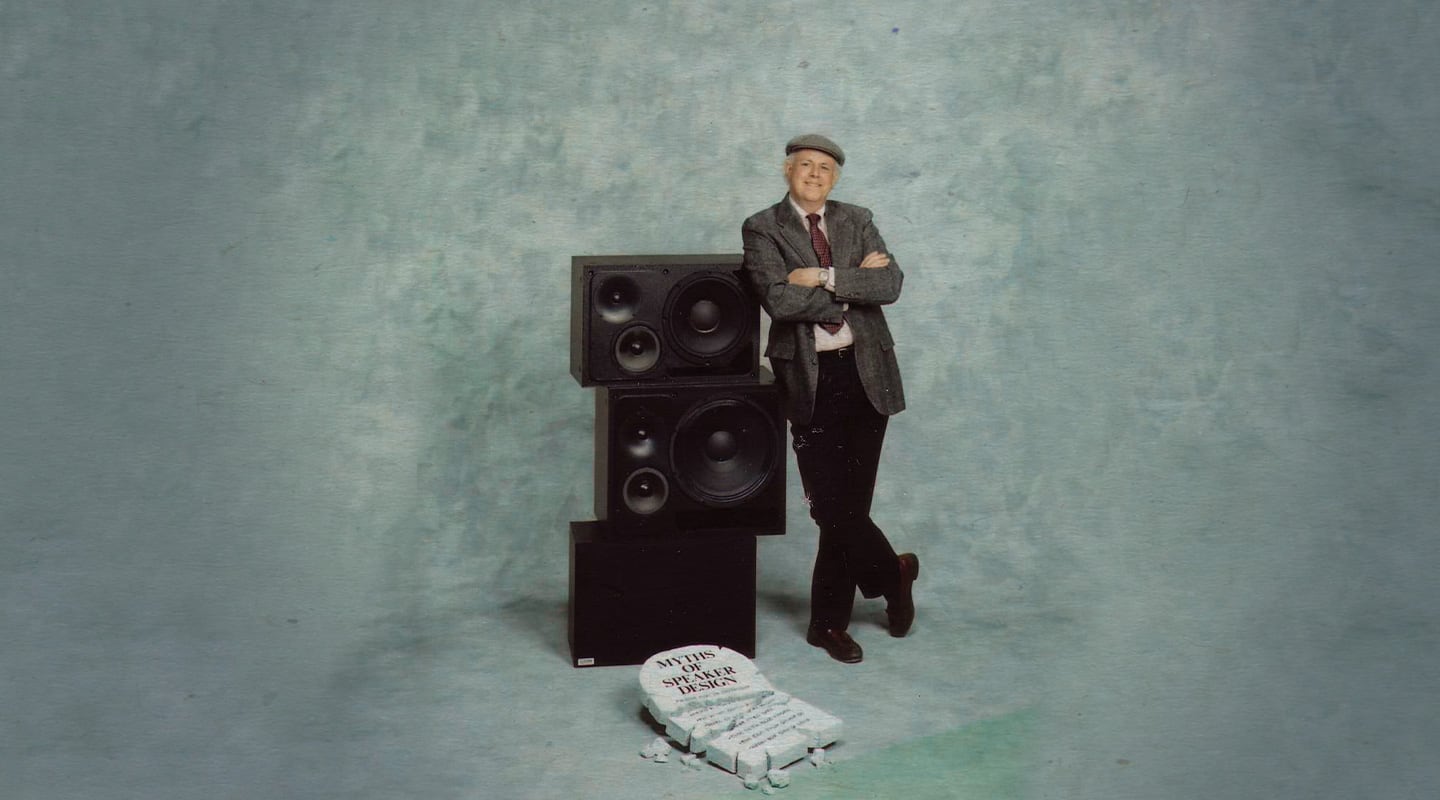
Interview with Kenton Forsythe
Kenton co-founded EAW in the 1970s, presided over an era of spectacular growth in the ’80s and ’90s and he remains on the EAW payroll as a consultant and a popular face of the company he started. EAW was recently bought by RCF boss, Arturo Vicari. Pictured is Kenton in the late ’80s with his MS63 and 103 studio systems.
with Kenton Forsythe, EAW Co-founder
I was at UC Berkeley studying regional and city planning with a side in traffic engineering. Like a lot of students, I didn’t have any money. I was really interested in hi-fi consumer audio and helping people with their stereo systems, making some money on the side.
I attended a day of the Woodstock festival in 1969, and that got me really interested in live sound.
After graduating I got a job. It wasn’t particularly exciting. I met some guys in a local band. Maybe we could build some speakers for their P.A.? That was myself and Ken Berger [EAW and VUE Audiotechnik co-founder].
The first product we built was the SR215 under the Forsythe Audio name.
Ken and I had a third partner. That didn’t work out, so we set up Eastern Acoustic Works in 1978. Our first product was a bass box and horn, which we sold to pro sound retailers and to some local sound companies.
We moved into three-way systems. Then we got a call from Carlo Sound in Nashville, guys by the name of John Logan and Rich Carpenter. They toured with The Oak Ridge Boys, doing 300 dates a year. They wanted an easier way to set up their rig. So we built them an all-in-one box — a double-15, a horn-loaded 12 and an HF unit.
We prided ourselves in building good cabinets. If you rap on the cabinet, it wouldn’t echo. Sound was pushed out of the front, not out the back. All the horn designs were simple. I think part of the success was the integration of the systems — using good components to make a good loudspeaker system.
We were still at our original manufacturing location when we started building the KF850. We had a local guy do the woodworking in an adjoining wood shop, and he’d push the cabinets next door for us to do the assembly.
Once the KF850 started to hit its stride we moved to our current location in Whitinsville, Massachusetts. It’s a big site. The landlord said to just grow into it and he’d increase rent every six months.
With the KF850 we were looking for compactness. Which led us to stick the horn into the front of the woofer. Which wasn’t necessarily the perfect solution — there’s wraparound energy that affects the high frequency — so we had to deal with that. The result was a cab you could move around easily and was easy to use. You could say there was too much overlap in the coverage when splayed, but people loved it. It got picked up by some significant tours and became the most popular PA cabinet going around into the ’90s.
EAW expanded really quickly… and it wasn’t all KF850s. We were really strong in the installation market. At one point we had half of all the major league baseball stadiums in The States as well as lots of NFL, hockey and basketball arenas. We still remain strong in the sector.
Business was pretty frenetic. At one point we sent somebody over to sit on the production line at [transducer manufacturer] B&C to make sure all the three-inch coil drivers came to us. ‘Don’t send them anywhere else! We need them as fast you build them!’
EAW was known as a company that would listen and solve your problems.
L-Acoustics started to make a real impact with V-DOSC in the late ’90s. We were late to the game because we were so dominant, busy keeping up with demand.
The KF760 and 730 were our initial responses to line array and they both had birthing pains. So we lost our preeminence.
We tried using technologies that differentiated ourselves when we probably should have just built something everyone could understand.
In some ways the same thing is happening with Anya and Anna. People think our Adaptive technology is ‘magic’ and they’re intimidated.
In the early 2000s we were bought by Mackie. The fundamental mistake we made back then was to move all our manufacturing to China. All anyone could see was the cost savings. They lost sight of something more important: being a reliable supplier.
Saying that, after our original contract manufacturer collapsed we partnered with a Singapore company with factories in China and that company has been amazingly reliable.
On September 4 this year, EAW was bought by Arturo Vicari, owner of RCF. It’s the best thing to happen to EAW since its founding.
Twenty years ago RCF, like EAW, was acquired by Mackie Designs. Then Mackie took them to bankruptcy in 2004. It was the best thing that could have happened. Right now RCF is a much bigger company than Mackie Designs or Loud ever was, with the same people running it.
Arturo is an entrepreneurial guy who wants to support the business. He’s got a very good feel for the market.
He wants to see EAW expand into the high end of the market. All products coming from EAW will be of high value and high performance.
EAW will be developing our adaptive technology further, and announce new products at ISE in February 2019. There will also be some more conventional PA products; that will match the performance of competitors’ boxes twice their price.
I’m only supposed to be at EAW two days a week as a consultant. I’m not the decision maker, but I’m there to make suggestions. I like to attend tradeshows and talk about EAW, and people seem to like to talk to me.
EAW is now a great place to work. The president T.J. Smith is a great operator. Interestingly, he was a real EAW fan as a kid — he had EAW stickers on his pencil box at school.
EAW needs to grow 100 percent to be back to where it was in 2000 when it was sold. That’s a very strong goal.
What I learnt from the Loud era, was never let someone with an MBA run a small company. That was our experience. MBAs nearly killed EAW. Arturo brings an entrepreneurial edge. He doesn’t have an MBA. If he needed an MBA, he’d hire one in. Instead he has a lot of experience in the business and has been very successful in his approach.
It’s surprising how many people love the idea of EAW making a strong come back.



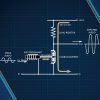
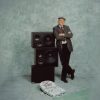

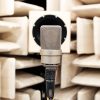





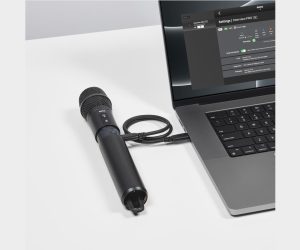


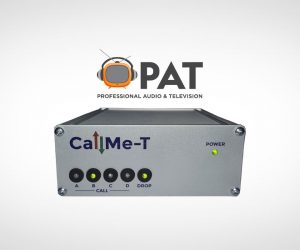



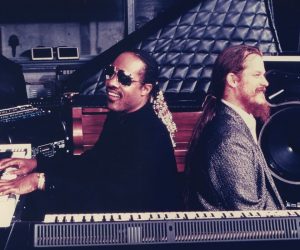


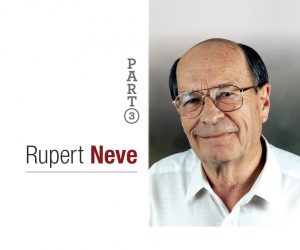



RESPONSES